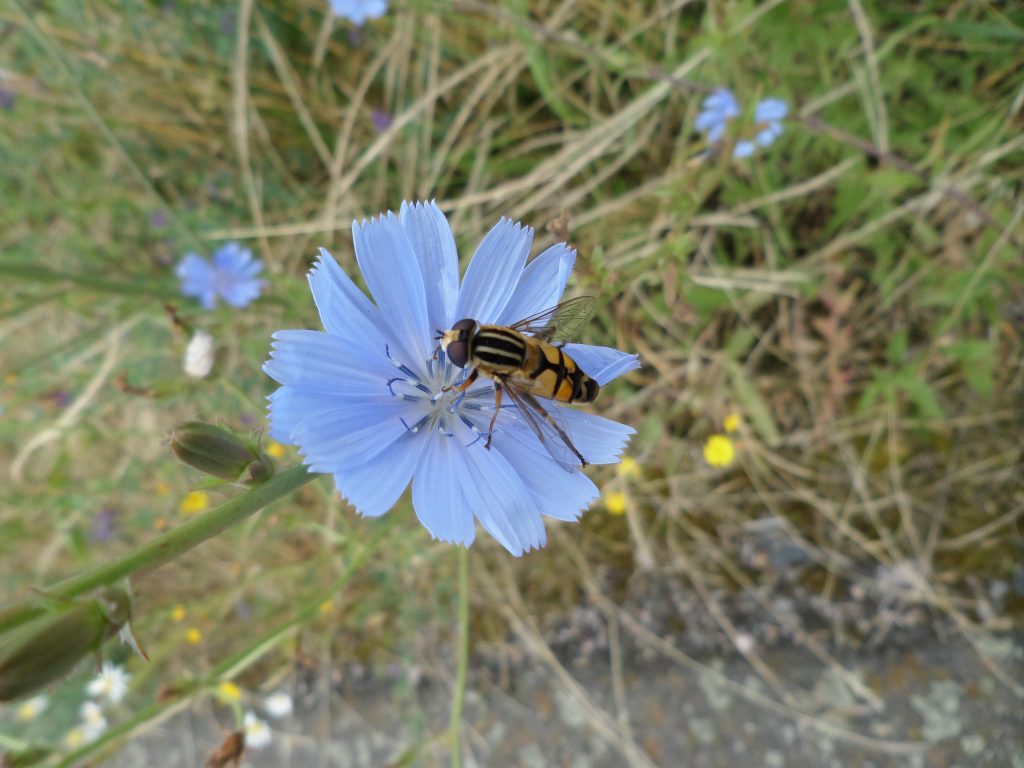In this post, Philipp Uhl talks about their recently published paper “The Impact of Pesticides on Flower‐Visiting Insects: A Review with Regard to European Risk Assessment”.
Flower‐visiting insects (FVIs) are an ecologically diverse group of mobile, flying species that should be protected from pesticide effects according to European policy. However, there is an ongoing decline of FVI species, partly caused by agricultural pesticide applications. Therefore, the risk assessment framework might need to be improved.

FVI species are currently covered in pesticide regulation under the European bee and non-target arthropod (NTA) risk assessment. However, it has been criticized that FVI species are not adequately protected under this system. The European Food Safety Authority (EFSA) therefore developed a revised bee guidance document in 2013 which has not been ratified due to a scarce information basis. They are also in the process of developing a new NTA guidance.
In this review we summarize the available literature and identify knowledge gaps to help to advance FVI risk assessment. We synthesized the peer‐reviewed literature on FVI groups and their ecology, habitat, exposure to pesticides, and subsequent effects.
The results show that FVIs are far more diverse than previously thought. Aside from bee species, there are many other relevant and species-rich groups such as flies, lepidopterans (moths and butterflies), and beetles. Their habitats in crops and their surrounding area is potentially contaminated with pesticides through multiple pathways. Potentially contaminated matrices include not only flowers heads but also the remaining plant body, soil and various water sources. Pesticide exposure of FVIs at environmentally realistic levels can cause population‐relevant adverse effects on reproduction, foraging and immune response. This knowledge was used by us to critically evaluate the European regulatory framework of exposure and effect assessment.
Our results show that the current risk assessment should be amended to incorporate specific ecological properties of FVIs, so-called traits. These traits determine the potential for pesticide exposure of FVI populations as well as their susceptibility to pesticide stress. Among the relevant traits are mobility, nesting strategy, food specialization, flight season/duration. and voltinism. We looked into several data‐driven tools to improve future risk assessments by making use of trait information.
There are currently major knowledge gaps concerning the general investigation of groups other than bees, the collection of comprehensive data on FVI groups and their ecology, linking habitat to FVI exposure, and study of previously neglected complex population effects. This is necessary to improve our understanding of FVIs and facilitate the development of a more protective FVI risk assessment.
The paper was authored by Philipp Uhl and Carsten Brühl and published in ET&C.
